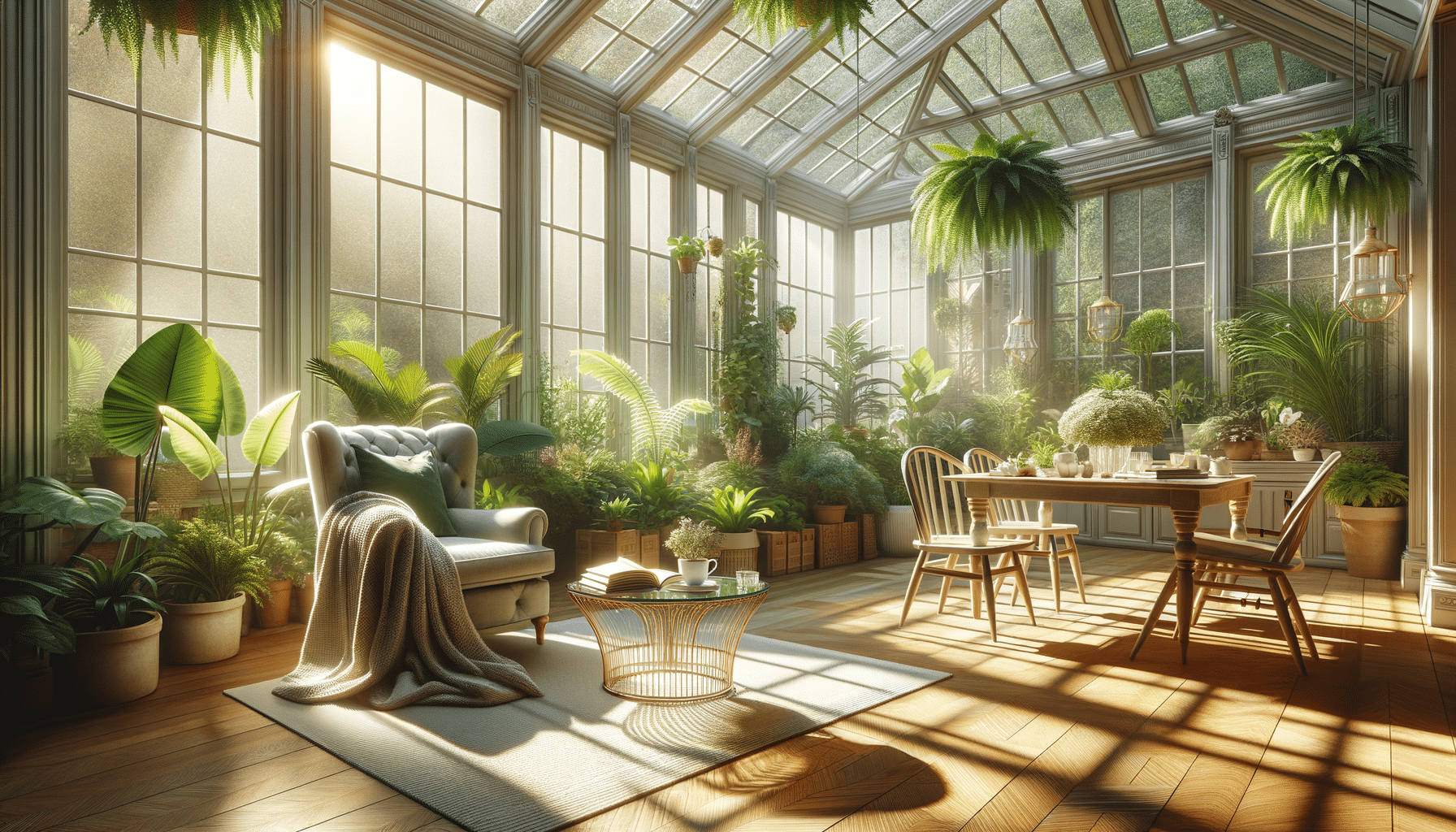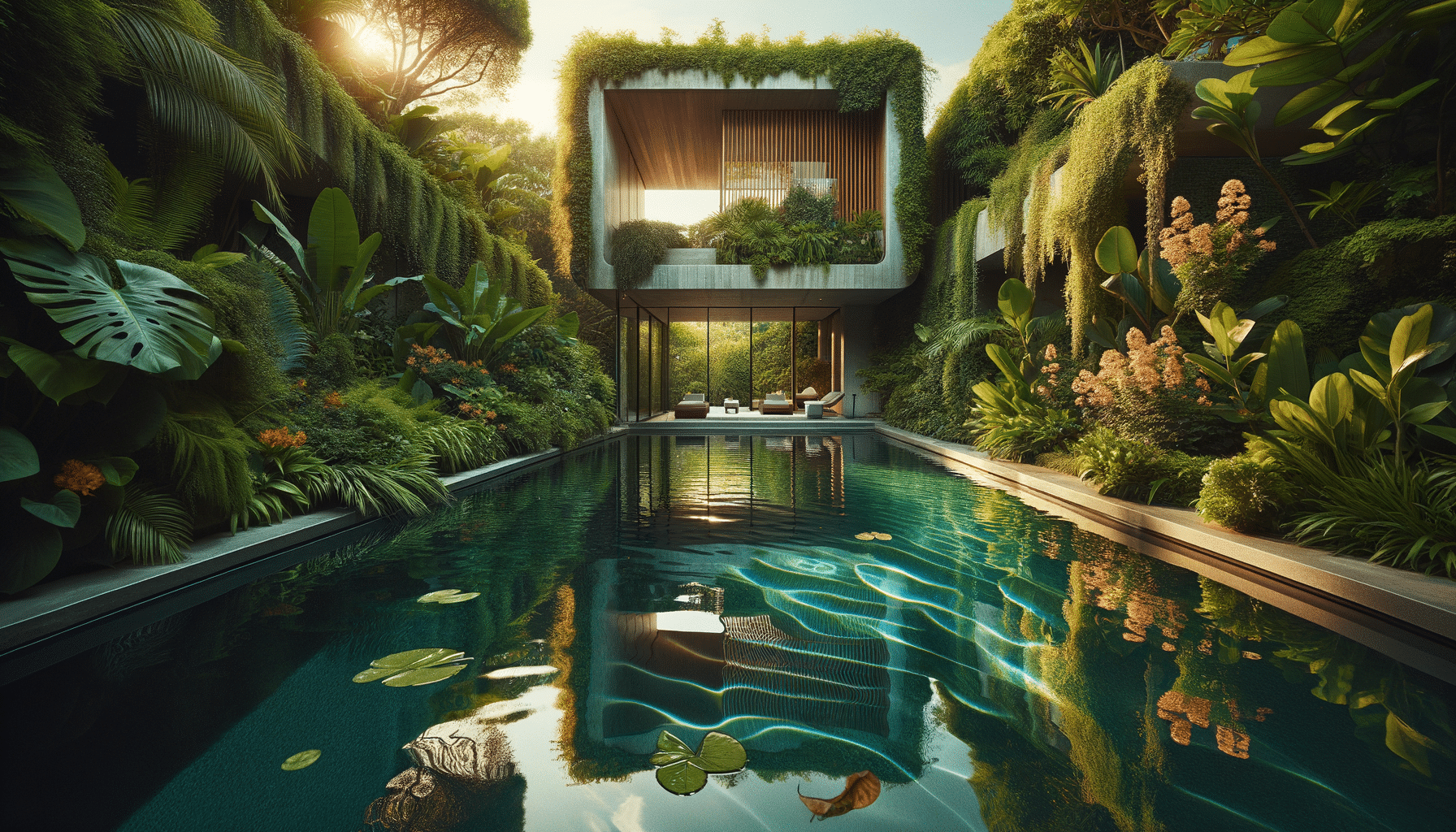
Exploring the Beauty and Benefits of Sunrooms
Introduction to Sunrooms
Sunrooms offer a unique blend of indoor comfort and outdoor ambiance, making them a cherished addition to many homes. These versatile spaces are designed to let in abundant natural light while providing shelter from the elements. Whether used as a cozy reading nook or a lively family gathering space, sunrooms enhance the living experience by bringing the beauty of the outdoors inside.
The concept of a sunroom is rooted in the desire to enjoy nature without the discomforts of weather. Historically, sunrooms have evolved from simple glass-enclosed porches to sophisticated, climate-controlled spaces that can be enjoyed year-round. This evolution reflects advancements in building materials and design techniques, allowing homeowners to tailor sunrooms to their specific needs and preferences.
Design and Structure of Sunrooms
When it comes to designing a sunroom, there are several architectural styles and structural considerations to explore. The design process begins with determining the primary purpose of the sunroom. Will it serve as a dining area, a greenhouse, or a relaxation space? This decision influences the layout, materials, and features incorporated into the design.
Common design styles include the traditional conservatory, which features a glass roof and walls, and the more contemporary solarium, known for its sleek, modern lines. The choice of materials is crucial, with options ranging from aluminum and vinyl to wood, each offering distinct advantages in terms of durability, aesthetics, and insulation.
Structural elements such as flooring, roofing, and window types also play a significant role in the functionality and comfort of a sunroom. Heated flooring can extend the usability of the space during colder months, while energy-efficient windows help maintain a consistent indoor temperature. The roof design, whether flat, gabled, or hipped, contributes to the overall aesthetic and can impact the amount of natural light the room receives.
Benefits of Adding a Sunroom
Adding a sunroom to your home offers numerous benefits, both practical and aesthetic. One of the most significant advantages is the increase in natural light, which can enhance mood and reduce energy costs by minimizing the need for artificial lighting during the day. This influx of sunlight also creates a warm and inviting atmosphere, ideal for relaxation and leisure activities.
Sunrooms also add value to a property by expanding the living space in a cost-effective manner. Unlike traditional home extensions, sunrooms typically require less construction time and expense, making them an attractive option for homeowners looking to increase their home’s square footage. Additionally, the versatility of sunrooms allows them to adapt to changing needs, serving as a playroom for children, an office space, or even a home gym.
Furthermore, sunrooms provide an ideal environment for plant enthusiasts. The abundant natural light and controlled climate create optimal conditions for growing a variety of plants, from tropical species to herbs and vegetables. This not only enhances the aesthetic appeal of the space but also contributes to improved indoor air quality.
Considerations for Building a Sunroom
Before embarking on the construction of a sunroom, there are several important considerations to keep in mind. First and foremost is the budget, which will dictate the scale and complexity of the project. It’s essential to account for costs related to design, materials, labor, and any necessary permits or inspections.
Location is another critical factor. The orientation of the sunroom should maximize sunlight exposure while minimizing potential issues such as glare or overheating. Additionally, the sunroom’s placement should complement the existing architecture of the home and provide easy access to other living areas.
Homeowners must also consider the climate in their region, as this will influence the choice of materials and insulation methods. In areas with extreme temperatures, investing in high-quality windows and efficient heating and cooling systems can ensure the sunroom remains comfortable throughout the year.
Lastly, it’s important to think about how the sunroom will be used in the future. Flexibility in design allows the space to evolve with changing needs, making it a long-term investment in both functionality and enjoyment.
Conclusion: Embrace the Sunroom Experience
Sunrooms offer an exceptional way to enhance your home by merging the comforts of indoor living with the beauty of the outdoors. Whether you’re seeking a peaceful retreat, a vibrant social space, or a nurturing environment for plants, a sunroom can fulfill these desires and more. By carefully considering design, materials, and functionality, homeowners can create a sunroom that not only meets their current needs but also adapts to future changes.
Incorporating a sunroom into your home is more than just an architectural addition; it’s an invitation to embrace natural light, enjoy the changing seasons, and create lasting memories with family and friends. As you explore the possibilities, remember that a well-designed sunroom is a testament to the harmony between human living spaces and the natural world.


